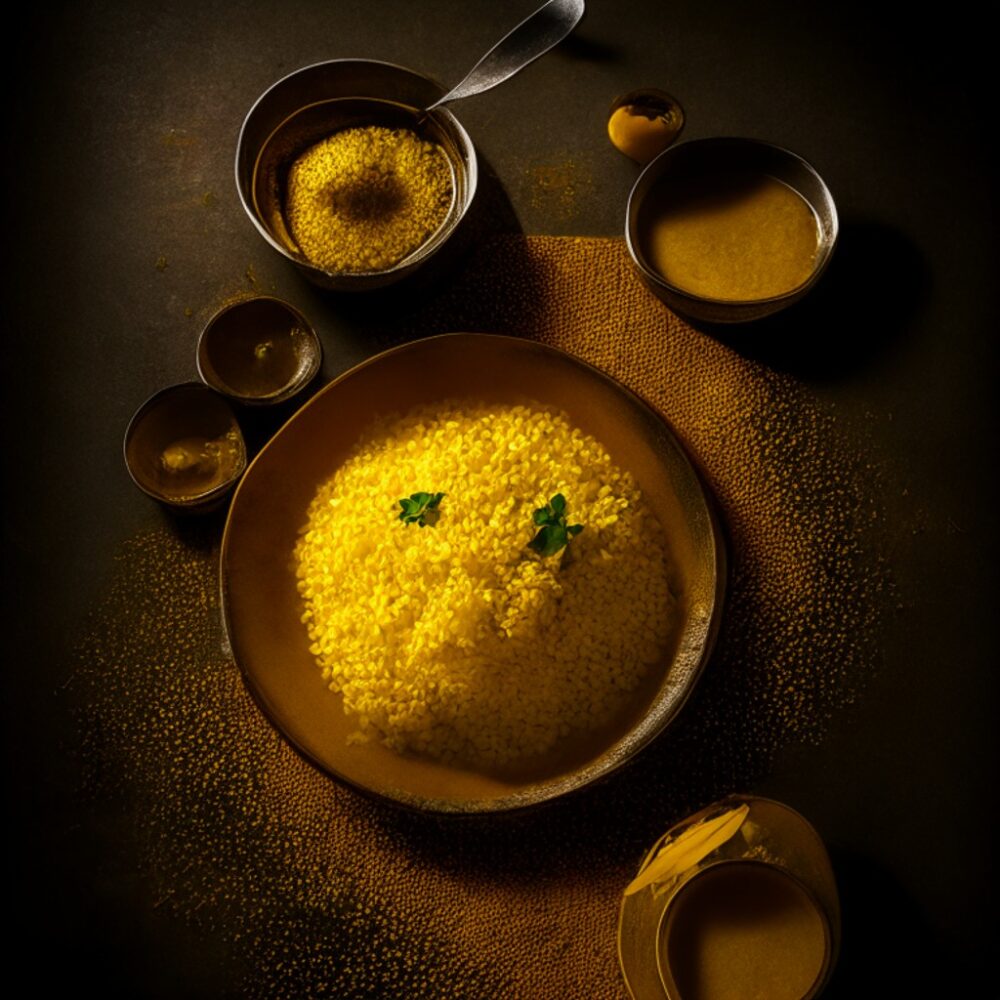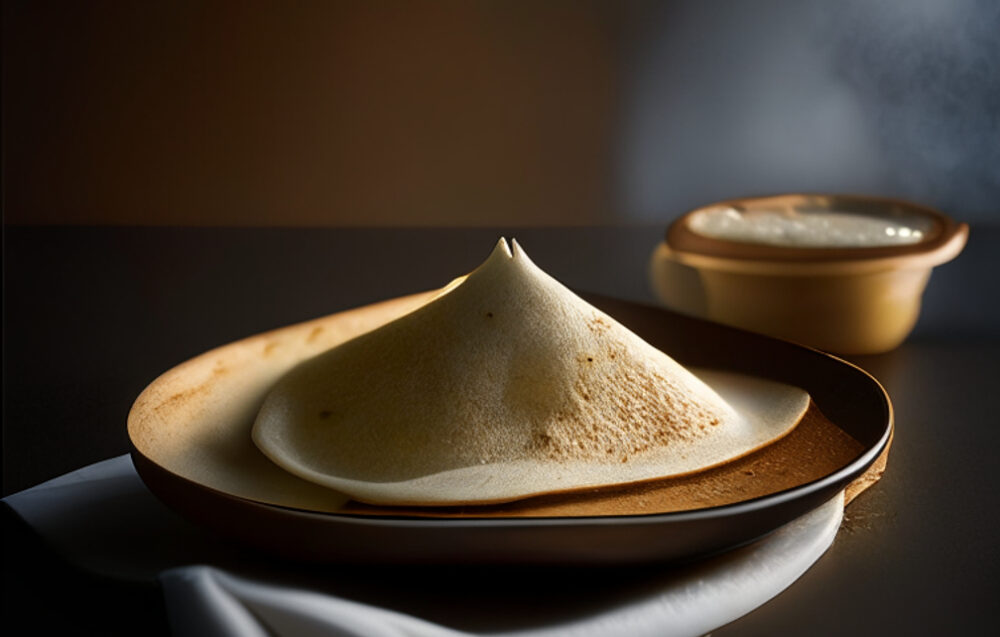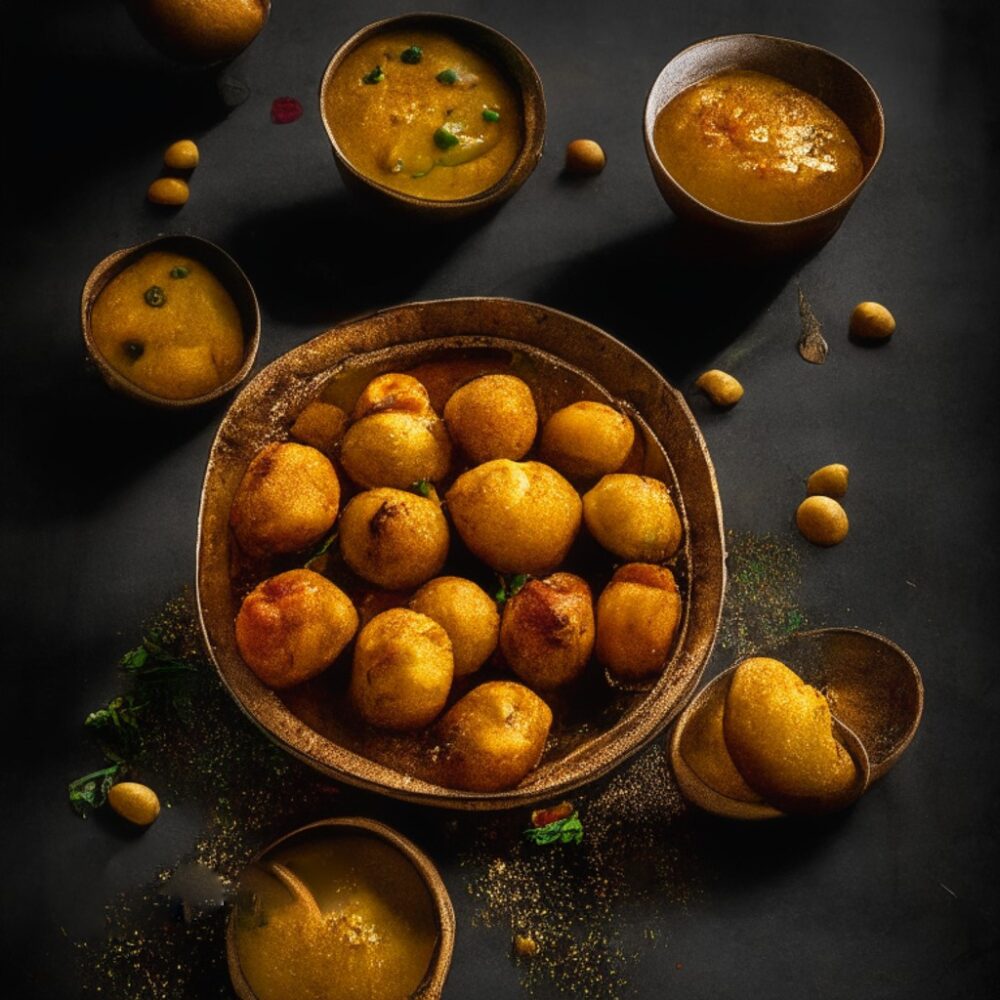Pongal is a traditional South Indian dish that holds a special place in the hearts of millions. It is not just a delicious culinary delight but also a symbol of abundance and gratitude. Celebrated during the harvest festival of the same name, Pongal brings together family and friends to share a meal that is both flavorful and meaningful. In this article, we will delve into the essence of Pongal, exploring its ingredients, preparation methods, and cultural significance.
Ingredients and Variations
Pongal is primarily made with rice and split yellow moong dal (lentils), cooked together with spices and tempered with ghee (clarified butter). The dish gets its unique flavour from aromatic ingredients such as black pepper, cumin seeds, ginger, and curry leaves. Some variations of Pongal include:
- Ven Pongal: This is the most common and classic version of Pongal, where rice and lentils are cooked together and seasoned with black pepper, cumin seeds, and cashews.
- Sweet Pongal: Also known as Sakkarai Pongal, this variation is prepared with jaggery (unrefined cane sugar), rice, and lentils. It is flavoured with cardamom, garnished with nuts, and has a delightful sweetness to it.
- Millet Pongal: With the increasing popularity of millets, people have started experimenting with Pongal using millet grains such as foxtail millet or barnyard millet, which offer a healthier alternative.
Preparation and Cooking: To prepare Pongal, follow these simple steps:
Step 1: Wash and rinse the rice and lentils separately.
Step 2: In a pressure cooker or a large pot, add the rice and lentils along with water in a 2:1 ratio (two parts water for one part rice-lentil mixture).
Step 3: Add spices such as black pepper, cumin seeds, ginger, and curry leaves to the cooker or pot.
Step 4: Cook the mixture until the rice and lentils become soft and mushy.
Step 5: In a separate pan, heat ghee and add cashews or other nuts for tempering.
Step 6: Once the nuts turn golden, pour the tempered ghee over the cooked Pongal.
Step 7: Mix well and adjust the seasoning according to taste.
Cultural Significance
Pongal holds great cultural significance in South India, particularly in the state of Tamil Nadu, where it is celebrated as a harvest festival. The dish is prepared as an offering to the Sun God, expressing gratitude for a bountiful harvest and seeking blessings for the future. Pongal is often cooked outdoors in traditional clay pots, and as the mixture boils and overflows, it is considered auspicious and symbolizes abundance. The festival is a time for families to come together, exchange greetings, and enjoy a hearty meal that signifies prosperity and unity.
Conclusion
Pongal is more than just a dish; it is a celebration of the harvest season and a symbol of gratitude. Its warm and comforting flavours, coupled with its cultural significance, make it a favourite among South Indians and food enthusiasts worldwide. Whether you savour the classic Ven Pongal, or the sweet Sakkarai Pongal, or explore the diverse variations, Pongal is sure to tantalize your taste buds and leave you craving for more. So, immerse yourself in the flavours of this traditional South Indian dish and experience the joy of Pongal!





